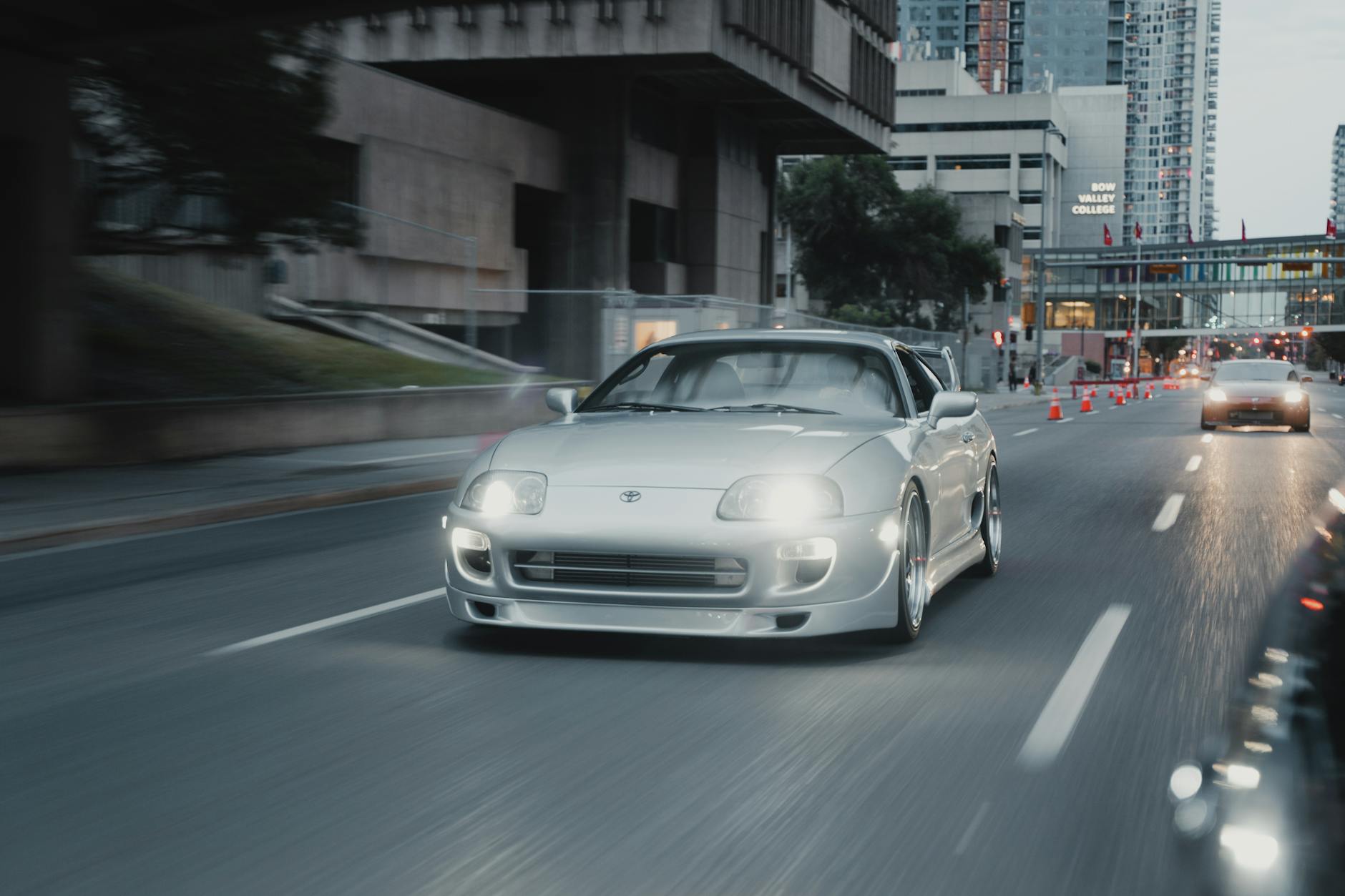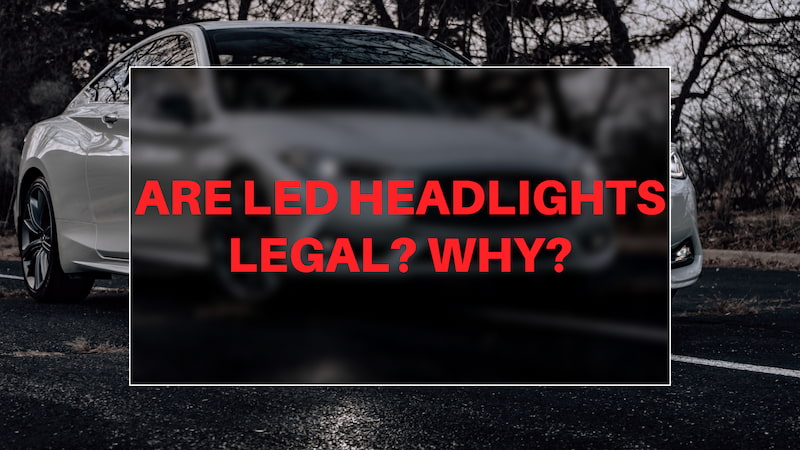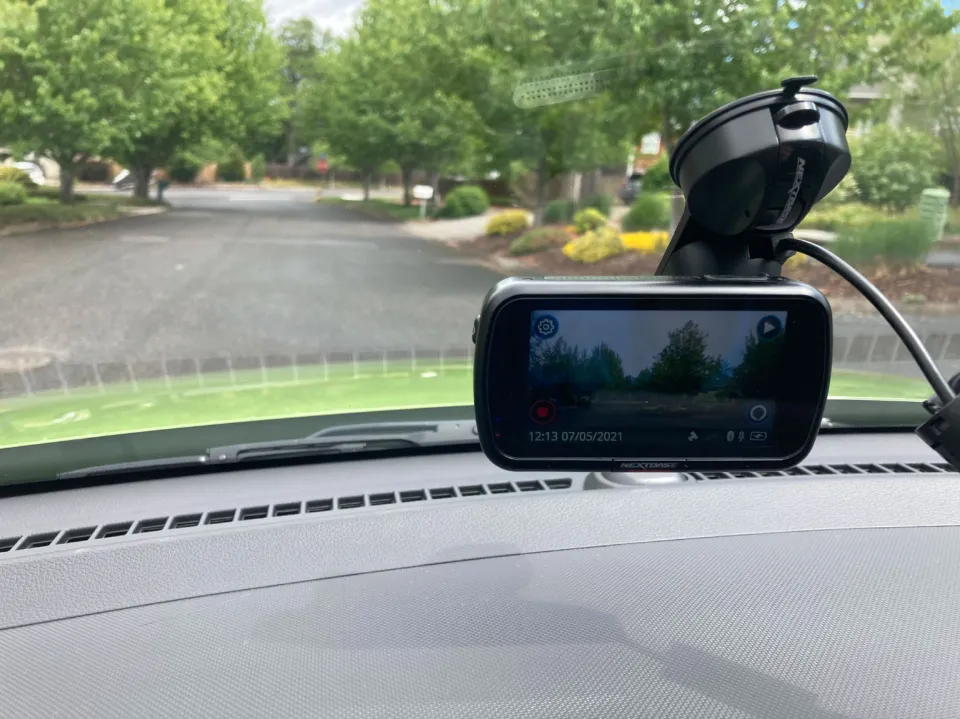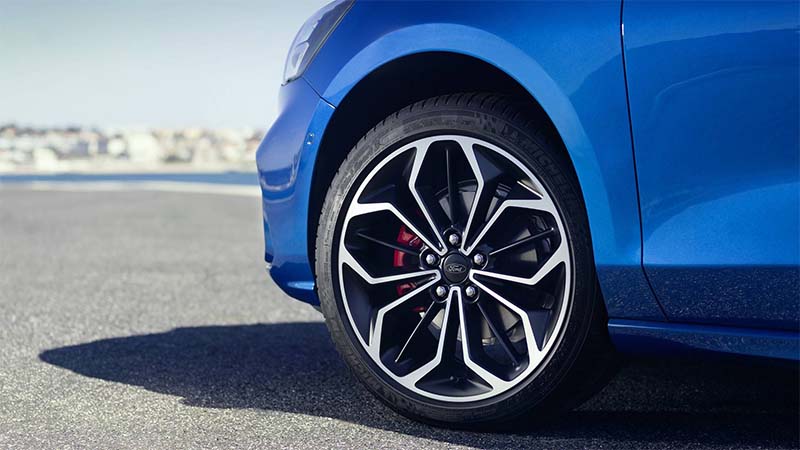In the automotive industry, LEDs have gained popularity in a number of applications, including brake lights, fog lights, and interior lights. So, are LED headlights legal?
LED headlights are not only legal, most new cars have them now. According to research conducted by the National Highway Traffic Safety Administration, it is impossible to manufacture HID conversion kits that adhere to federal regulations.
For how bright headlights can be, there are federal regulations.
Are LED Headlights Legal?
According to Sergeant Evan Kaesmann with the Fairfield Police Department, Not only are LED headlights permitted, but most modern vehicles now come equipped with them as standard.
Aside from the federal regulations, each state has its own rules, according to Kaesmann. “When it comes to limitations and regulations on headlights, Connecticut has regulations on the number of headlights required, the height at which they are installed, and the color of the lights,” Kaesmann explains.
“For specific vehicles, usually emergency vehicles, certain colors (red, blue, and a few others) are reserved. Federal laws governing minimum and maximum power levels for brightness have been implemented, but they are intended for manufacturers to follow rather than necessarily being enforced by law enforcement.”
Off-Road and Off-Center Only
If you purchase a set of LED headlights, you will probably find some explanatory language in the small print. Off-road and wilderness use of LED lights is permitted. Surface streets are not permitted to use them. A lot of places sell LED lights under this provision, which enables them to do so despite the fact that most of the time they are not used in off-roading situations.
A car can also make use of LED lights in a variety of other ways. Legally, LEDs may be substituted for blinkers, brake lights, and running lights. The main headlamp is the only assembly where LEDs are categorically prohibited. You won’t break the law if you go out and purchase LED blinker or brake light replacements.

Uneven Enforcement
Don’t freak out if you are reading this and you installed LED headlights on your car. Current federal laws and regulations do make most LED headlights illegal, but they are not strictly enforced. LED headlights are frequently illegal because of how they are made and installed. Many aftermarket lights violate local laws governing brightness, and tampering with a car’s headlights is prohibited in some states. However, it is unlikely that you will be pulled over simply for having LED headlights.
In many states, installing LED headlights is not even subject to any laws, so local police forces are powerless to enforce the laws that do exist. This is so that federal laws can control how LED headlights are used.
Are Blue Or Purple Headlights Legal?
No, Xenon or HID (high intensity discharge) headlights that are blue or purple are typically illegal. In fact, HID conversion kits that satisfy the legal requirements for headlight brightness cannot be produced, according to research from the National Highway Traffic Safety Administration. Additionally, most states have laws mandating that headlights emit white light rather than blue light.
Read about How to Replace a Headlight Bulb?
How Many Lumens Or Candelas Are Legal for Headlights?
This gets a little bit complex, but a “lumen” is a measurement of brightness; more lumens means brighter light, fewer lumens means dimmer light. A candela, on the other hand, is a measurement of “luminous intensity.”
Despite the fact that the two terms differ, they seem to be used somewhat interchangeably when referring to automobile headlights. The luminous intensity of headlights must be between 500 and 3,000 candelas, according to the Code of Federal Regulations.
What does all of that technical speak mean? Drivers who wish to install specialized headlights or taillights shouldn’t select bulbs with a lumen rating of more than 3,000. Most lights that meet legal requirements are labeled “DOT Approved” or “DOT Compliant”.
If you find products labeled “super bright” or with lumen or candela measurements beyond the legal 3,000 level, you should probably avoid purchasing those lights.

Do LED Headlights Cause Accidents?
Super bright LED headlights can be dangerous; they cause temporary vision issues for other drivers, which is a road safety problem.
The typical lumen output of halogen headlights, which are regarded by most drivers as the more vintage and traditional type, ranges from 1,000 to 1,500. In contrast, newer LED bulbs emit between 3,000 and 4,000 lumens, which is noticeably brighter and can be problematic for other drivers.
However, there aren’t many concrete data points available regarding accidents brought on by LED lights with high lumen ratings. When asked about accidents caused by bright headlights, Kaesmann explained, “Although I don’t have exact figures, I can say that headlight brightness isn’t a frequent cause of collisions in the town. The most common cause of auto accidents is speed.”
Can You Replace Halogen Bulbs With LED Headlights?
LED headlights make a lot of sense in theory. Finding LED headlights that are safe and compliant with traffic laws is challenging, though. Here at PowerBulbs, we do sell high-quality LED headlights from a variety of trusted manufacturers. Although the bulbs are not road legal, they are much safer to use because of specialized technology that prevents dazzling.
It should be noted that many LED headlight bulbs will need a CANbus control unit to function properly. Take a look at our range of CANbus control units, or read more about what they do.
LED headlights can be stylish and reduce risk to other drivers when purchased from a reputable manufacturer. Avoid purchasing inexpensive LEDs from online stores; these bulbs could give you and your car a lot of trouble.
Headlight Quality
Due to a specific Lumen rating, brightness, or quality control, many headlight products appear to be on par with other options. A true headlight should have two main characteristics:
- Have a separate low beam and high beam (or only one beam)
2. a clearly defined beam pattern with good hot spots, cut-off lines, and width.
Although there are other parts that are more particular to the headlights or bulbs you are using, that is generally what you need to look for.

LED Headlight Quality
Another good indicator on whether or not the headlights you are looking to buy are good quality is if they say “SAE Certified:”
“The aerospace, automotive, and commercial vehicle industries are served by SAE, an international professional association of engineers and related technical experts committed to standards development and continuing education. It exists to advance the interests of the mobility and related industries through the creation of performance standards and the management of programs for quality assurance, accreditation, and certification as well as other related activities for the benefit of business, the government, and the general public.”
If a product is listed as “SAE Certified,” it means that it was sent to the SAE for testing and certification and the stamp basically means “A very good product, in my opinion!” This is NOT the same as DOT compliance. This is not about legality; it’s about product quality.
Conclusion: Are LED Headlights Legal?
At your own risk, use LED headlights. According to the Federal Motor Vehicle Safety Standards, it is technically forbidden to put them in a vehicle. But you can get LED headlights and put them in yourself by purchasing them from your neighborhood shop. The majority of people won’t pay attention or care. The problem is LEDs are extremely bright and often blind oncoming drivers, which is considered both rude and dangerous. An alternative to LEDs that is both safe and permitted is HID lighting. However, the final decision is yours to make.





